Not a long time ago, Swat valley in Pakistan was all over the news and for all the not-so-good reasons. Known as the ‘Switzerland of Pakistan’, Swat Valley had been the ruling capital of the Taliban almost a little more than a decade ago. Gladly, with time, things changed and they changed for the better and now the beautiful valley of Swat is the emerging capital of winter sports in Pakistan. Swat has come a very long way in its journey from terrorism to tourism – but now as the times have changed for good, a very promising future lies ahead of Swat.
I was lucky enough to visit the valley with a bunch of friends including locals a couple of weeks back. Today, let’s walk through the path of Swat’s journey of change – from terrorism to tourism where I will shed some light on the valley’s history to the promising unique places to visit in Swat.
To remain connected throughout your trip to Pakistan – Get your Tep Wireless Portable pocket-size WiFi now!


View Contents
Swat’s Geographical Location
The Swat Valley is classified as a district situated in the Malakand Division of the Khyber Pakhtunkhwa province in Pakistan. The district is divided by the Swat River flowing at the center of it and dividing the district into upper and lower portions. While Saidu Sharif happens to be the capital city of Swat district, Mingora is the largest and the most bustling town in the valley.
The valley has a history of being the capital of the Gandhara Buddhist Kingdom with many of the Buddhist carvings still to be found in and around the region. Swat was hit by one of the biggest floods in the history of Pakistan back in 2010, which resulted in severely affecting the river bed and overall serenity of the river. Pakistan’s Nobel Prize Winner Malala Yousufzai also hails from Swat Valley.
Taliban’s Takeover of The Swat Valley
The terror show of the Taliban started in the Swat Valley in 2007, which was put to an ultimate end in the year 2010 after a bloody war of terror between the militants and the Pakistan army. During the Taliban rule, TV was banned in the valley along with other common human activities like public gatherings while the most bizarre one was banning the girls from going to schools. Thankfully, all such bizarre rules were put to an ultimate end along with the Taliban reign.
Just like many other districts and towns in the KPK province of Pakistan, Swat is also a relatively conservative place due to the strong Islamic believes of the people. However, the Taliban rule implemented a lot of strict (read: bizarre) rules in the valley, bring the life of the common men to complete standstill. Moreover, during the years of terror, many of the beautiful natural and historic places were badly damaged, remains of which can still be seen.
2010 marked the end of the Taliban’s rule over Swat, however, after Malala Yousufzai was shot in the head in broad daylight during 2012, the regaining of normal life in Swat was again halted. 2015 has been the year of change and since then, the valley has started seeing a steady flow of tourists which is increasing each year.
I was lucky enough to visit the majestic Swat Valley with some of my close friends at Coyote Trail Pakistan. Coyote Trail is a group of some amazing and adventurous off-roader girls and guys who have traveled extensively across Pakistan on bikes and 4×4 drives. Most of the team members hail from the mountainous regions of North Pakistan and possess a wealth of knowledge about traveling in Pakistan, hidden gems, best places to eat and absolutely everything to give an authentic and cultural experience of Pakistan. Know more about Coyote Trail Pakistan and their adventures by following them on Facebook and Instagram.
Team Coyote Trail took me to some of the coolest places in and around Swat. Here is a glimpse of my short four days trip to Swat and all the places to visit in Swat I got to see, which should be a part of everyone’s itinerary.
The Giant Buddha Carving
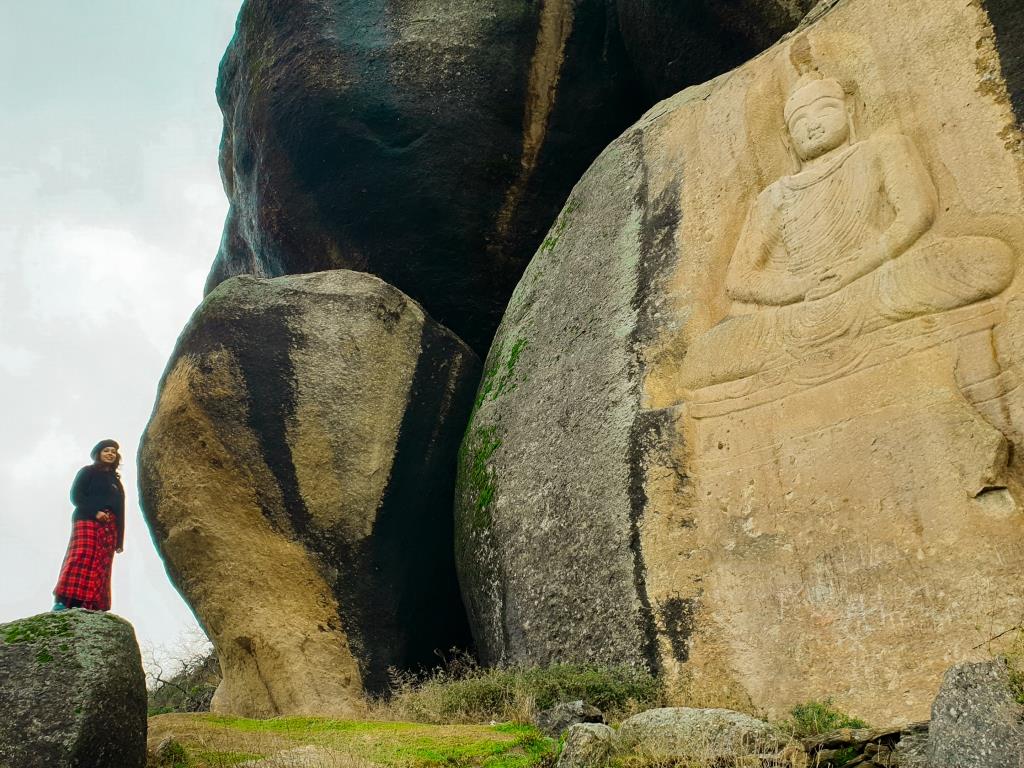

Swat has a vibrant history for being the capital of the Gandhara Civilization and hence a lot of Buddhist remains are intact in the region. One of the most popular and perhaps the biggest Buddha carving in Swat is the Giant Buddha of Jehanabad. Carved on a rocky mountain, the carving was severely damaged by the Taliban militants, which was later restored by the Government of Pakistan. To reach the Buddha, a short uphill hike of around 10 minutes is required.
There is practically no way to reach the Buddha Carving independently as there is no public transport infrastructure to reach it. It is highly recommended to either go with a local or with a trip organizer – as I did with Coyote Trail Pakistan.
White Palace
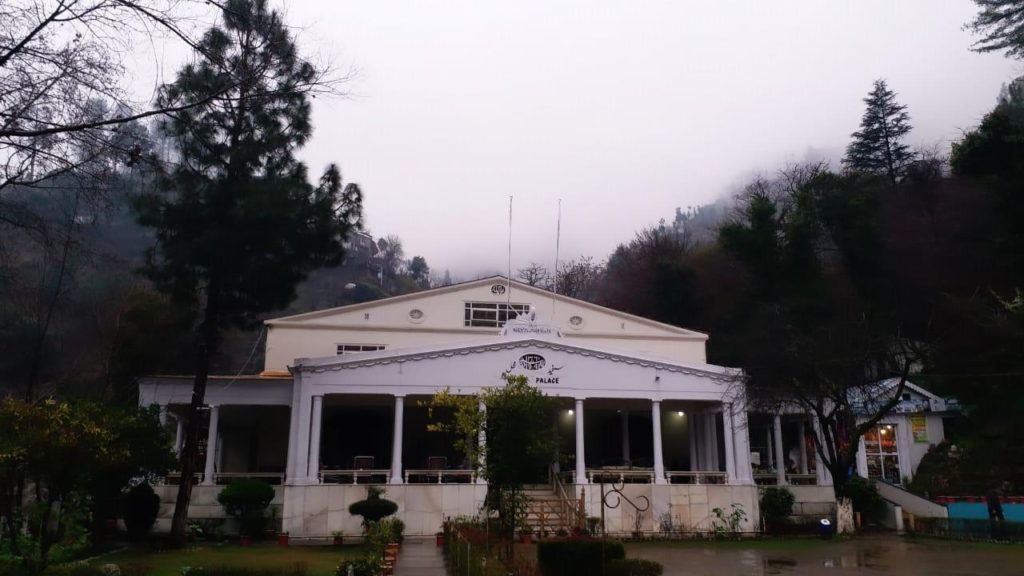

Swat has been a princely state and has a long history of being ruled by the Kings. It was only in 1969 when Swat was officially made a part of the Khyber Pakhtunkhwa (back then called as NWFP) province of Pakistan and the kingdom rule was demolished. The White Palace in the area of Marghazar is another must-visit place to visit in Swat. According to Wikipedia, it was built in the year 1940 by the first king of Swat and served as his personal residence. It is located in the town of Marghazar, some 10km away from Swat’s capital Saidu Sharif. The building got its name from the white marble used in its making. Now the White Palace has turned into a hotel and visitors have to buy a ticket of $1.2 to enter it.
Mingora
Mingora is the largest and the busiest towns in Swat district. It is the main commercial center of the valley. Just like any other metropolitan city, there is nothing much historically or naturally beautiful to see and do in Mingora. However, what made me add it to this list is the fact that to experience the real bustling markets of a mountain town, Mingora is the best place to be. One can get to see all the true colors of life in Mingora which is quite busy during peak afternoon hours. Also, it is the best place to get your hand on some traditional Swati goods such as the colorful local dresses for women, handwoven shawls, and colorful handmade crafts.
Lower Dir
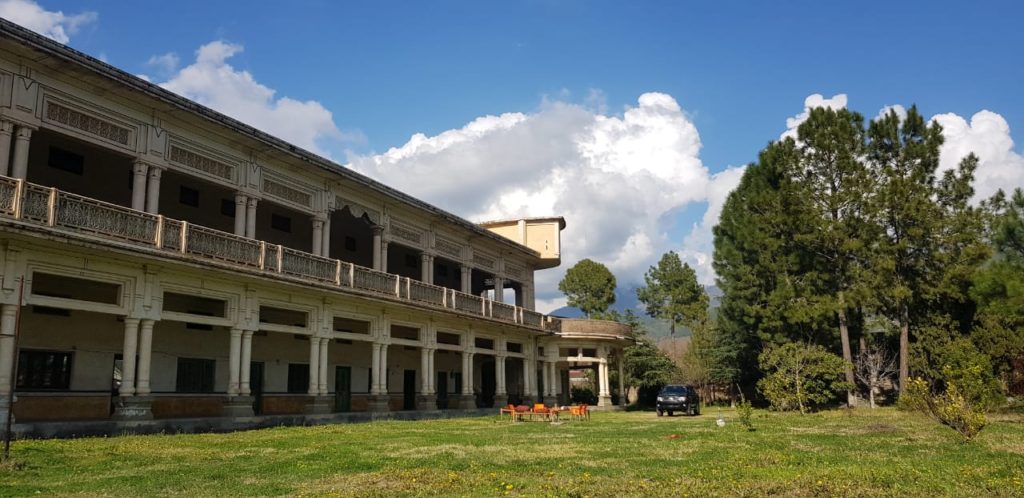

Dir is another big town in the Swat Valley which is divided into Upper Dir and Lower Dir. Dir is also home to some breath-taking palaces which should be on everyone’s list of places to visit in Swat. I stayed at Dir for one night only due to the tight schedule – but got to spend the night at one of the Coyote Trail’s team member’s family mansion. The mansion has a very interesting history as it was used by the Taliban during the militant’s rule and later was taken over by the army who used it to run their operations in the region. Dir is an extremely scenic place and of course less crowded and chaotic than Mingora. Also, you can see the mountains of Afghanistan from Lower Dir!
Malam Jabba
Malam Jabba is the real example of perseverance and resilience, which has fought against all the odds, put in its way during the Taliban rule to emerge as the skiing destination and winter wonderland of Pakistan. Malam Jabba was one of the most destroyed towns in the Swat valley when the Taliban ruled it. It was a vibrant tourist destination pre-2007 but became the center of the Taliban’s wrath later. The grand and beautiful PTDC Hotel was bombarded and completely demolished by the Taliban.
However, now things are very different. The Malam Jabba Ski Resort, formerly known as the PTDC Hotel is the largest ski resort in Pakistan. Since 2019, it is hosting an annual skiing competition in the country which welcomes many international skiers as well. Recently, the Malam Jabba Skiing School is also inaugurated which encourages young local children both boys and girls to pursue skiing as a professional career.
Swat River
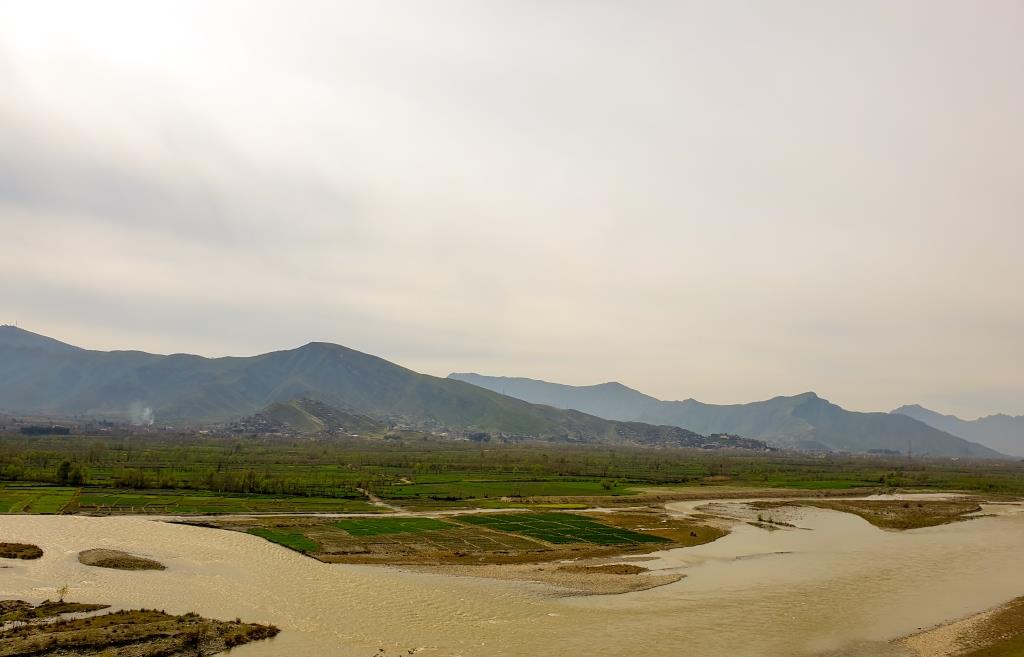

You will not need to travel to a certain place to see the Swat River. It peacefully flows all across the district. The Swat River has unfortunately lost its glory to the worst floods that hit it in 2010 but it is still one of the must-visit places to visit in Swat. Each year the river gets flooded and therefore, the river bed and its surrounding beauty are severely damaged.
However, one good thing which the floods have given to the river is the presence of gold in the stones lying at the river bed! Yes, that’s true. I am not sure of the scientific reason for this but the locals have found grams of gold by scratching a unique rock found at the bottom of the river. You might come across seeing a lot of local men sitting at the edge of the river scratching stones. Give yourself a try – you might as well get rich.
P.S: Don’t forget to try the trout river fish at one of the many riverside restaurants around the Swat River.
Takht-e-Bahi Buddhist Monastery
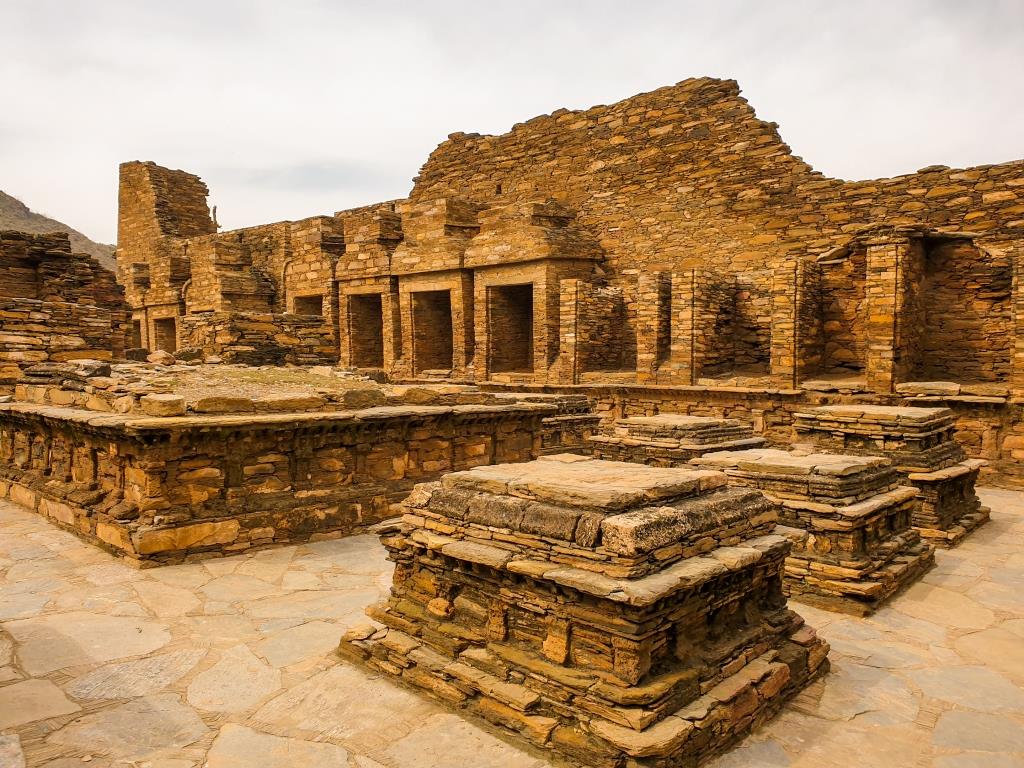

Takht-e-Bahi is one of the eight UNESCO World Heritage Sites in Pakistan. It is a 7th-century Buddhist Monastery situated on a hill near Peshawar. Takht-e-Bahi is not exactly in or near Swat but at a 100km distance away from the valley. However, while visiting Swat, there is a huge probability that you might as well visit Peshawar at the start or end of your journey. Takht-e-Bahi is just a short 90mins drive from the city of Peshawar and one of the well-preserved Buddhist remains in the country. There are several guides available in the monastery who will walk you through the place explaining the historic significance of each site in the monastery. If visiting Peshawar or Swat, Takht-e-Bahi is a must-visit place to be.
Best Time To Visit Swat
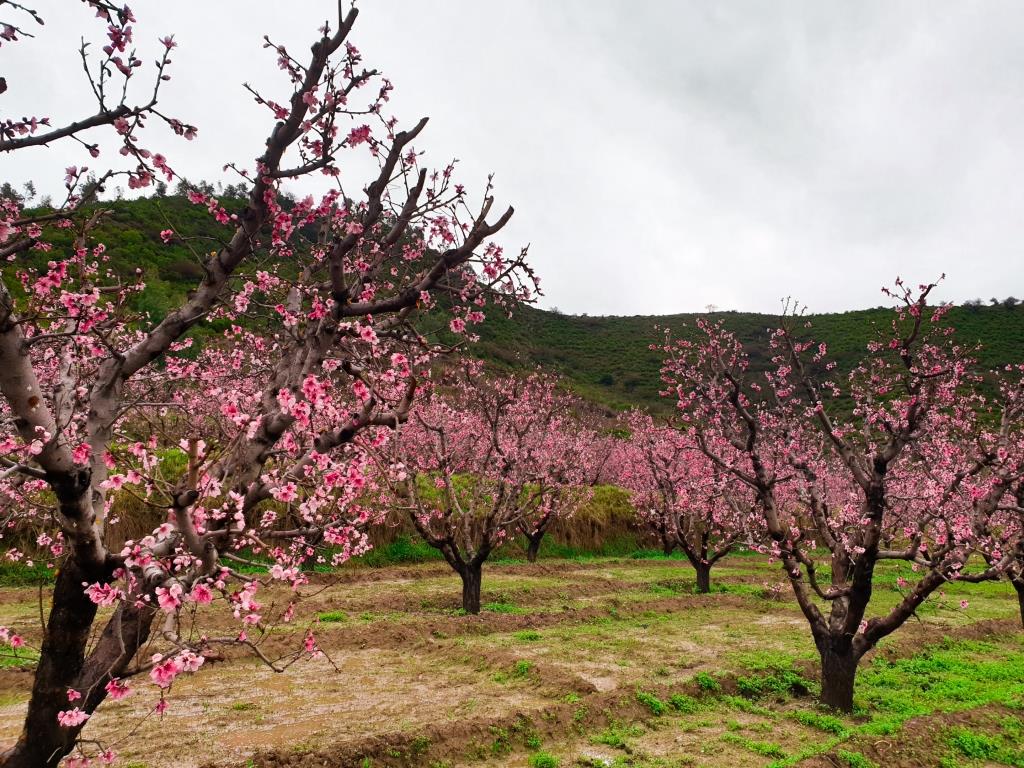

The Swat Valley is one of those places in Pakistan which can be visited all year long. The valley has hot summers and extremely cold winters. If you are visiting Swat during the winter, then I’d highly recommend visiting the Malam Jabba Ski Resort. For the hot summer months of May to August, it is best to avoid visiting Swat as it gets very hot. I visited the valley at the start of March, which is the Cherry Blossom season that runs from mid-February to the start of March.
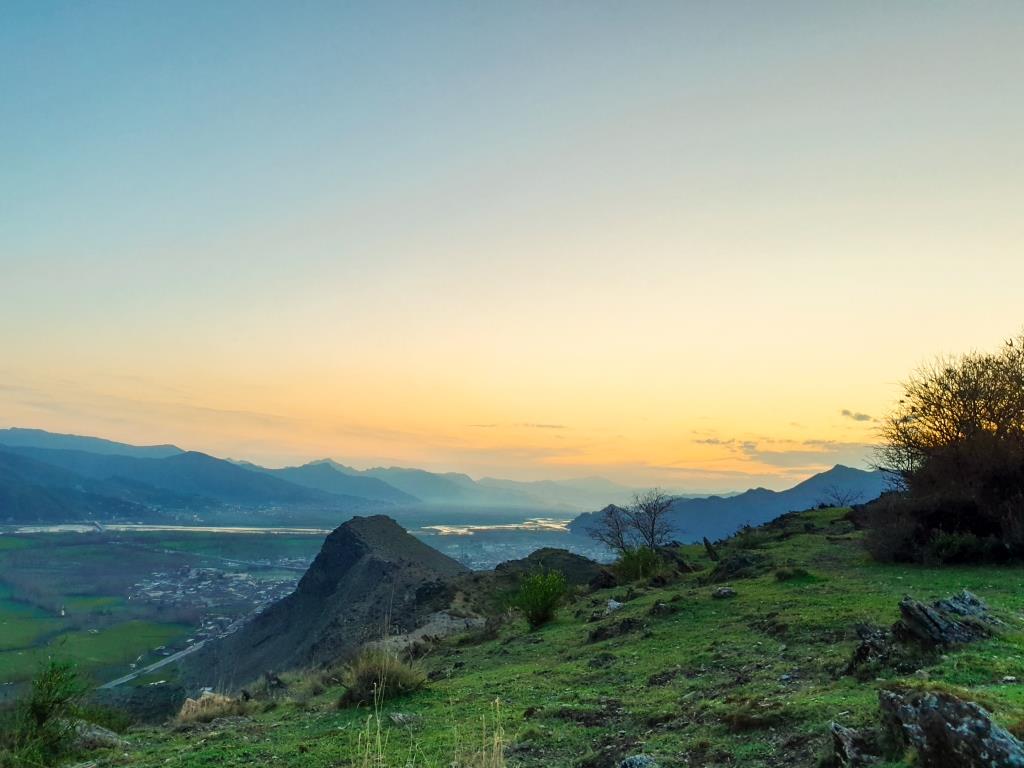

Though there are plenty of places to visit in Pakistan and particularly in the North of Pakistan – in my opinion, Swat is one of those places which hold a strong historic reference. The journey of Swat from Terrorism to Tourism makes it worthy of a visit to experience the resilience of the valley and also to help the local businesses which have been through years of complete closure. Also, you will get some bonus points of staying with the locals, visiting the local farms and also to hike to some cool spots to watch the sunset if you travel with Coyote Trail Pakistan.
Interested In Learning More About The Beautiful Places To Visit In Pakistan? Check My Other Pakistan Travel Guides:
Loved It? Pin It!
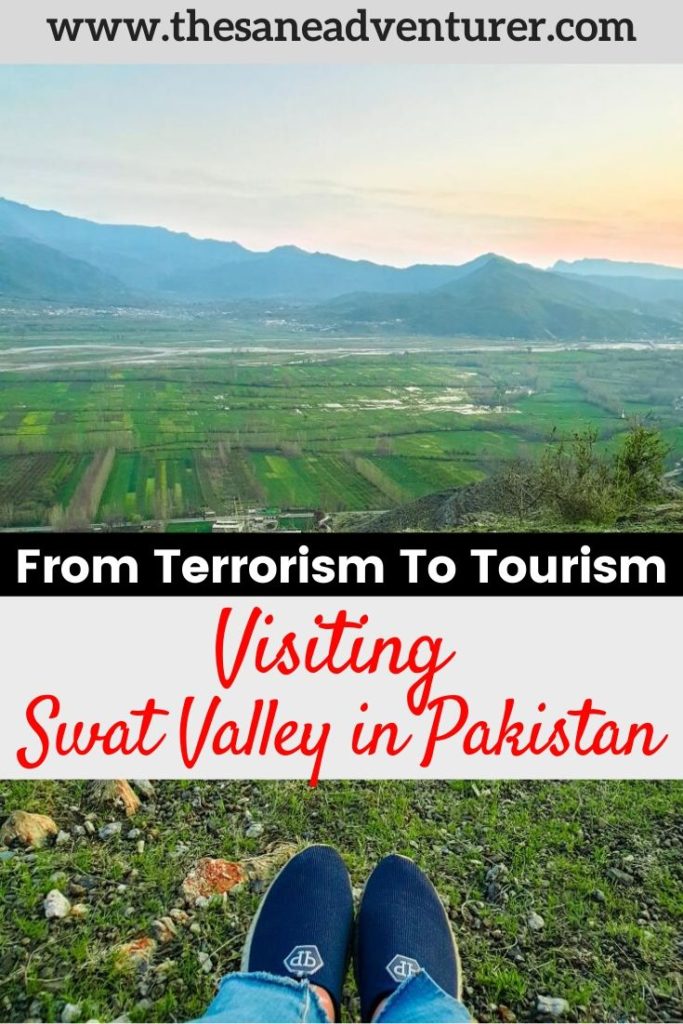



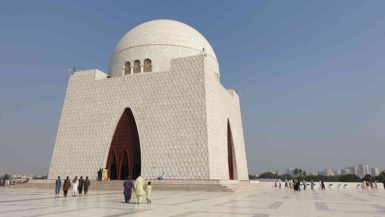
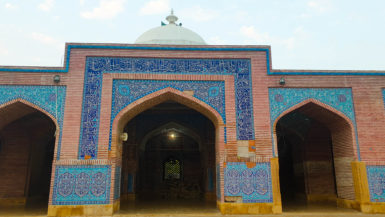
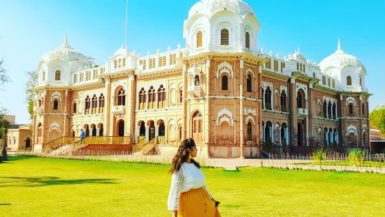
Thanks for taking time for sharing this article, it was fantastic and very informative. as a first time visitor to your blog